Buy the photo Sunset in Broek in Waterland by Jeroen de Jongh Photography on canvas, ArtFrame, poster and wallpaper, printed on demand in high quality.
About "Sunset in Broek in Waterland"
by Jeroen de Jongh Photography
About the artwork
Broek in Waterland is a village in the municipality of Waterland, north of Amsterdam. The village has a protected villagescape. The place has dozens of national monuments.
The oldest mention is 1342 as Broeck and 1420 as Broec in Waterland. In the 15th and 16th centuries it was a flourishing trading place due to grain imports from the Baltic, herring fishing and whaling. During the Eighty Years' War, Broek was attacked by the Spaniards in 1573, during which the inhabitants were mistreated and the village was looted and set on fire. After the battle on the Zuiderzee in 1573, trade recovered and the village was rebuilt.
The village grew in the 17th century to become a retirement village for wealthy Amsterdammers. Merchants and shipowners also lived in the stately wooden buildings, often painted in a shade of gray known as "Broekergrijs," and adorned with a door calf. The houses had a ceremonial front door. This was used at weddings and funerals.
The village was known for its beauty in the 18th century. Emperor Joseph II visited in 1781, but was not let in because the farmer's wife did not have time. Napoleon also visited the village in 1811 and enjoyed the pagoda-like gazebo. After the French era, prosperity declined and the income came mainly from dairy farming. The village was designated a protected village sight in 1971 and then became popular (again) with wealthy Amsterdammers.
From 1888 to 1956, the village had a streetcar connection with Amsterdam-North and Volendam. The Waterland streetcar also had a stop Broek in Waterland, the former station building still exists.

About Jeroen de Jongh Photography
I'm Jeroen, and I'll spare you the long introduction. ;) If you're looking for a landscape photo for your wall, you've come to the right place... Read more…
 Germany
Germany Ordered in January 2021
Ordered in January 2021
 Germany
Germany Ordered in April 2020
Ordered in April 2020
 Germany
Germany Ordered in December 2022
Ordered in December 2022
 Germany
Germany Ordered in January 2025
Ordered in January 2025
 Netherlands
Netherlands Ordered in February 2018
Ordered in February 2018
 Germany
Germany Ordered in May 2025
Ordered in May 2025
 Netherlands
Netherlands Ordered in October 2017
Ordered in October 2017
 Germany
Germany Ordered in March 2025
Ordered in March 2025
 Germany
Germany Ordered in October 2023
Ordered in October 2023
 Netherlands
Netherlands Ordered in June 2021
Ordered in June 2021
 Germany
Germany Ordered in March 2019
Ordered in March 2019
 Netherlands
Netherlands Ordered in May 2022
Ordered in May 2022
About the material
ArtFrame™
Interchangeable Art Prints
- High-quality print
- Easily interchangeable
- Acoustic function
- Large sizes available
Discover the artworks of Jeroen de Jongh Photography
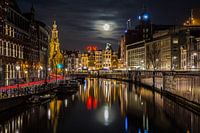 Full moon at the flower marketJeroen de Jongh Photography
Full moon at the flower marketJeroen de Jongh Photography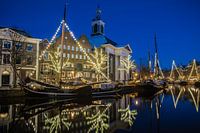 Lange HavenJeroen de Jongh Photography
Lange HavenJeroen de Jongh Photography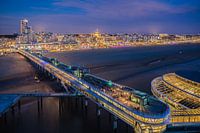 Scheveningen PierJeroen de Jongh Photography
Scheveningen PierJeroen de Jongh Photography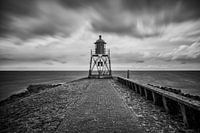 Lighthouse StavorenJeroen de Jongh Photography
Lighthouse StavorenJeroen de Jongh Photography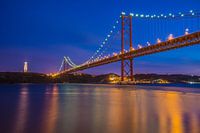 April 25th BridgeJeroen de Jongh Photography
April 25th BridgeJeroen de Jongh Photography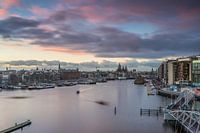 OosterdokJeroen de Jongh Photography
OosterdokJeroen de Jongh Photography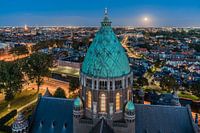 Climb to the lightJeroen de Jongh Photography
Climb to the lightJeroen de Jongh Photography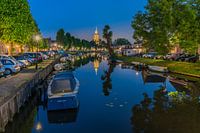 MonnickendamJeroen de Jongh Photography
MonnickendamJeroen de Jongh Photography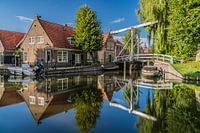 Zonnepad MonnickendamJeroen de Jongh Photography
Zonnepad MonnickendamJeroen de Jongh Photography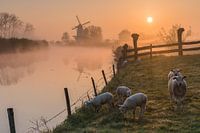 Mill de Vlinder on a misty morning in the BetuweJeroen de Jongh Photography
Mill de Vlinder on a misty morning in the BetuweJeroen de Jongh Photography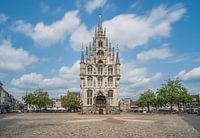 Town Hall of Gouda at the MarketJeroen de Jongh Photography
Town Hall of Gouda at the MarketJeroen de Jongh Photography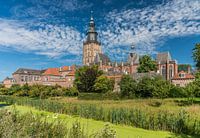 Swans at the skyline of ZutphenJeroen de Jongh Photography
Swans at the skyline of ZutphenJeroen de Jongh Photography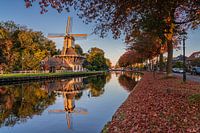 The last autumn sunlight on Mill 't HaantjeJeroen de Jongh Photography
The last autumn sunlight on Mill 't HaantjeJeroen de Jongh Photography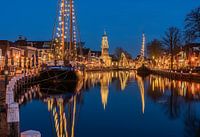 Illuminated ships on Christmas Eve in LemmerJeroen de Jongh Photography
Illuminated ships on Christmas Eve in LemmerJeroen de Jongh Photography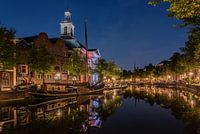 Peace and quiet at Schiedam's Lange HavenJeroen de Jongh Photography
Peace and quiet at Schiedam's Lange HavenJeroen de Jongh Photography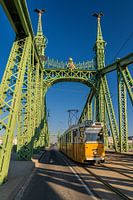 Tram 47 passes over the Freedom Bridge in BudapestJeroen de Jongh Photography
Tram 47 passes over the Freedom Bridge in BudapestJeroen de Jongh Photography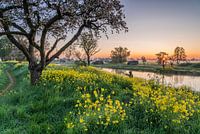 Rapeseed at sunrise in Werk aan de GroenewegJeroen de Jongh Photography
Rapeseed at sunrise in Werk aan de GroenewegJeroen de Jongh Photography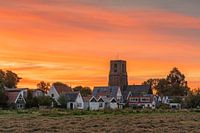 Sunset at the Tower of Ransdorp in AmsterdamJeroen de Jongh Photography
Sunset at the Tower of Ransdorp in AmsterdamJeroen de Jongh Photography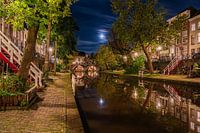 Full moon over Utrecht's Oudegracht canalJeroen de Jongh Photography
Full moon over Utrecht's Oudegracht canalJeroen de Jongh Photography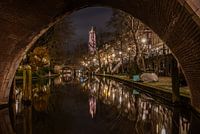 View of Utrecht's OudegrachtJeroen de Jongh Photography
View of Utrecht's OudegrachtJeroen de Jongh Photography
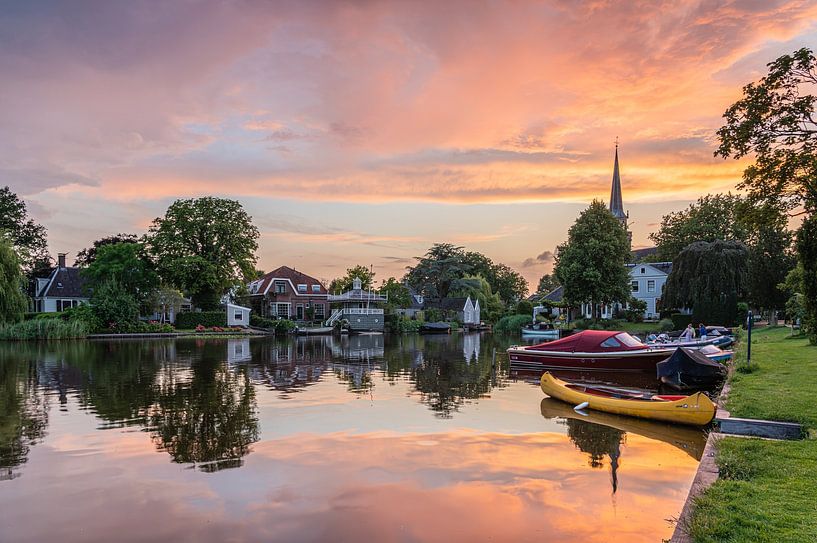


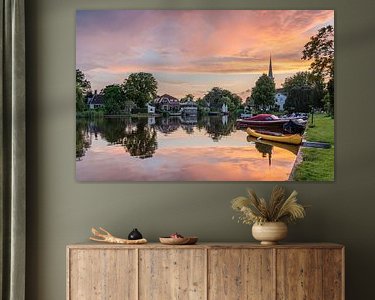


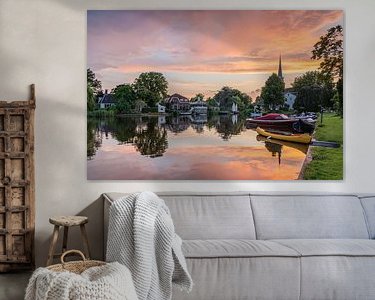

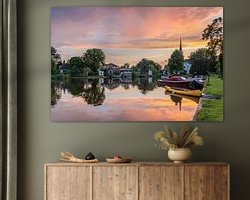

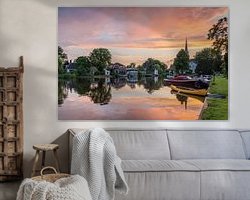

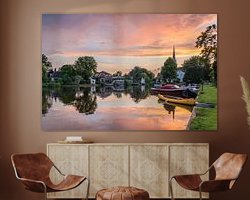
 Boats & Ships
Boats & Ships Europe
Europe North Holland
North Holland Photo wallpaper
Photo wallpaper Photography
Photography Reflections
Reflections Religious architecture
Religious architecture Serene Peace
Serene Peace Sunset
Sunset The Netherlands
The Netherlands









